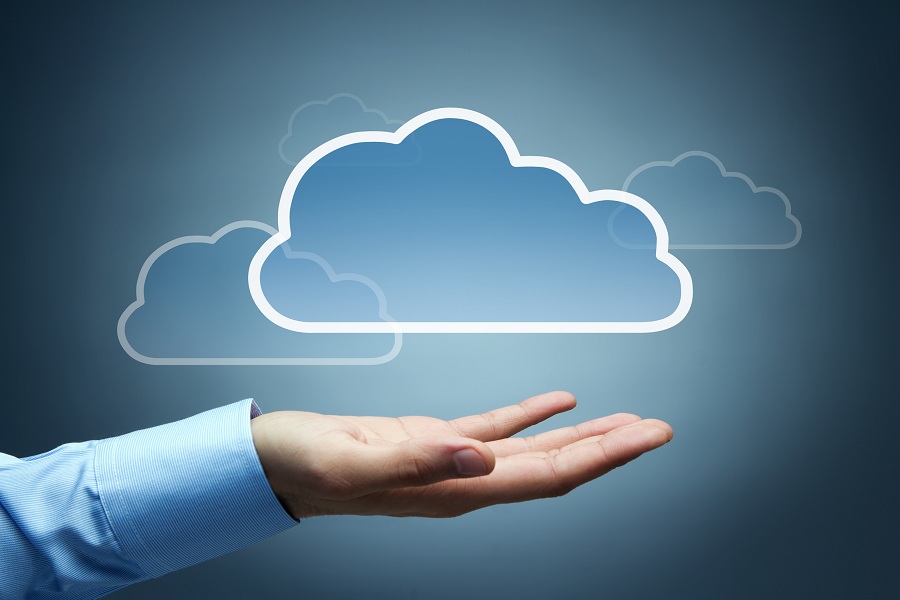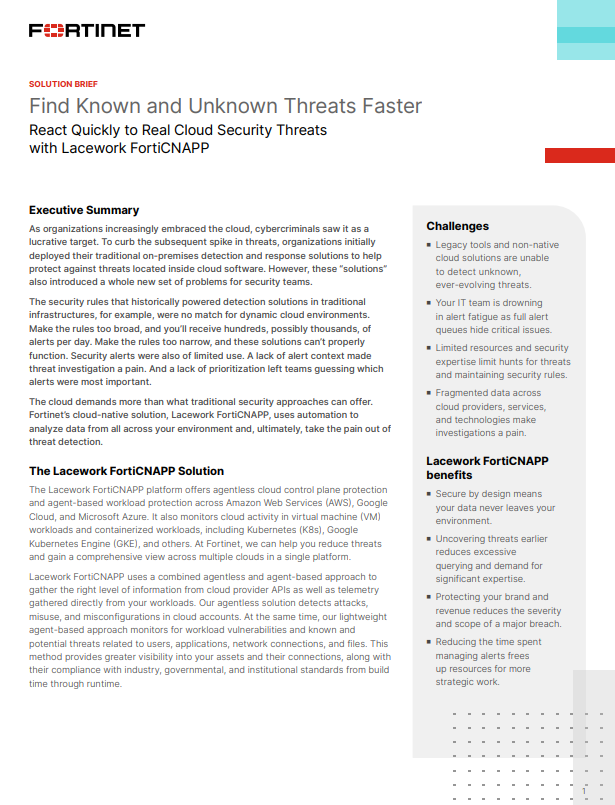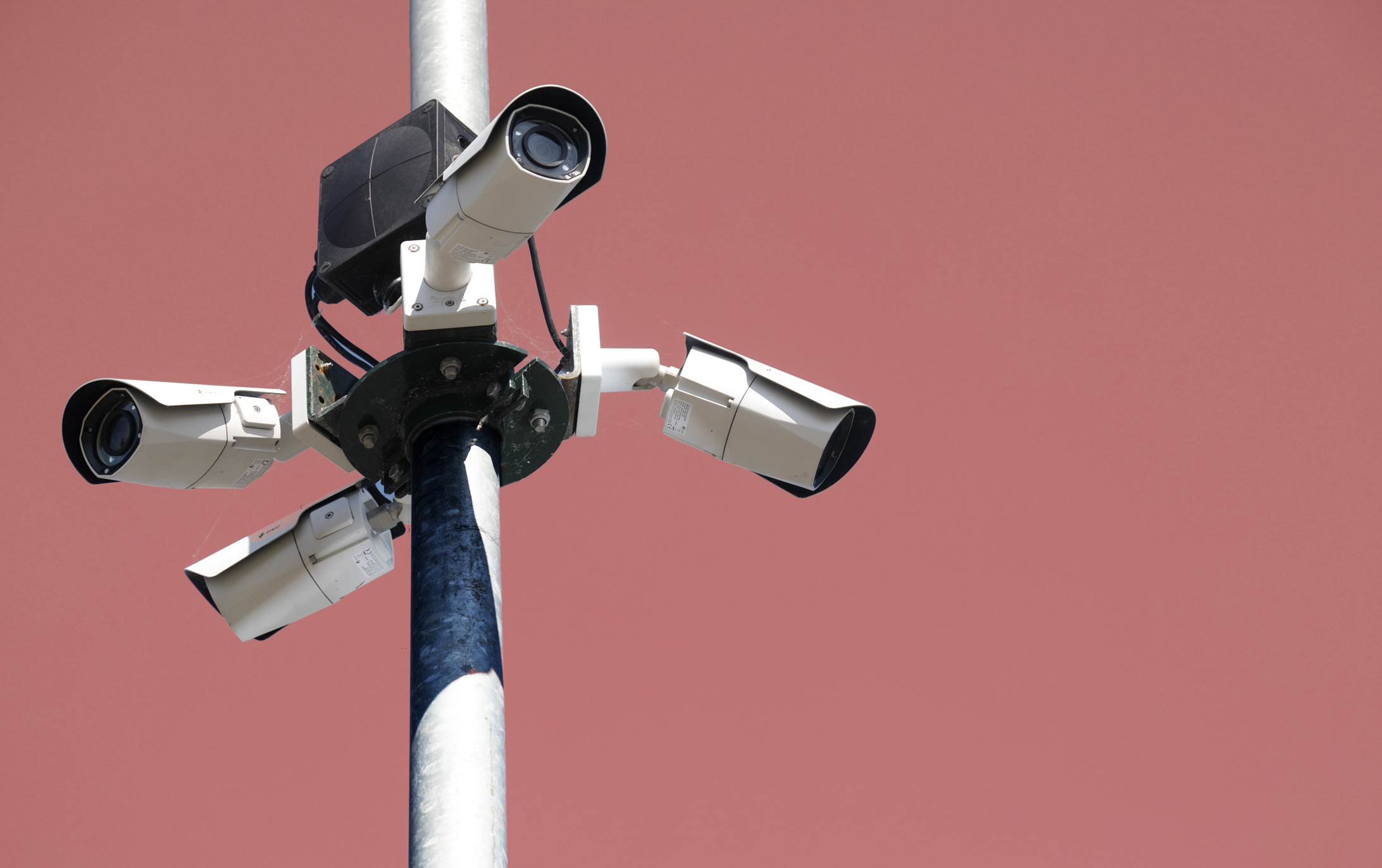Disaster recovery in a multi-cloud world
Working with multiple providers could complicate things should the worst happen, but is that really the case?

Disaster recovery (DR) is the business equivalent of wearing seatbelts in a car. You don’t want to be involved in a crash, but at least if you are, you have some level of protection to get back to normal. It’s something nobody wants to think about, but it’s better to be prepared should disaster strike…
But it can be hard to rationalise the costs and resources involved in focusing on something that is statistically still unlikely to happen, all things considered.
Against the backdrop of the pandemic, with the wholesale shift - seemingly overnight - to remote working en masse, it would be fairly safe to assume that organisations would realise that backup and disaster recovery was an even more important consideration in the new world versus the old.
However, the theory is not always borne out in reality. Indeed, some firms feel immune to the ill-effects of an increasingly volatile threat landscape and that it’s a case of if rather than when with regards to them being on the wrong side of such a situation.
The cost of not...
But they still need to tread cautiously…
Almost one-third of individuals never back up their data and one in ten computers are infected with viruses each and every month, according to the World Backup Day website. What’s more, it suggests some 29% of disasters are caused by accident and that more than 100 phones are lost or stolen every minute. It all adds up, for sure.
The Ponemon Institute’s 2021 Cost of a Data Breach study, carried out in association with IBM, found that incidents now cost organisations $4.24 million on average. It is believed this represents a 17-year high and is a 10% increase on pre-pandemic costs associated with breach-related back-up requirements.
"Higher data breach costs are yet another added expense for businesses in the wake of rapid technology shifts during the pandemic," said Chris McCurdy, vice president and general manager, IBM Security.
"While data breach costs reached a record high over the past year, the report also showed positive signs about the impact of modern security tactics, such as AI, automation and the adoption of a zero trust approach – which may pay off in reducing the cost of these incidents further down the line."
In the old world of on-premises and traditional technological mixes, DR was never necessarily easy, but it was also a fairly simplistic affair - you knew what you had and where it was stored so the comeback was a linear affair.
But that doesn’t mean it was an easy endeavour. In fact, the opposite was largely true, particularly if you had all your eggs in one basket and were, therefore, reliant on one vendor to get you back up and running.
In the cloud world, especially with multi-cloud, things can seem more complicated from a backup and DR perspective. But is what we perceive on the face of it ingrained in reality or just a throwback to what we think is true rather than what is true?
Many firms actually cite DR as a reason to adopt a multi-cloud strategy rather than avoid it, according to analyst firm Gartner. The benefits aren’t just limited to concerns over backup and DR, it would seem.
“Most organisations adopt a multi-cloud strategy out of a desire to avoid vendor lock-in or to take advantage of best-of-breed solutions,” according to Michael Warrilow, VP analyst at Gartner. “We expect that most large organisations will continue to willfully pursue this approach.”
Cloud-first DR
Ransomware is also a growing threat for organisations around the world. And, while protection can be enhanced through cloud and mobile first technologies, the same advancements are lowering the threat barriers for those with malintent.
“The negative impact of evolving ransomware attacks is seen as so severe by executives that it tops a notable list of risks related to an ongoing pandemic and the disruption of the global supply chain,” said Matt Shinkman, vice president with the Gartner Risk and Audit practice.
“While new models of ransomware attacks are frightening in their own right, the consequences for organisations are even worse. Prolonged operational delays, data loss and exposure, as well as the reputational damage that follows, present potential existential risks to an organisation that executives are all too well aware of, especially if the attacks occur as a result of inadequate cybersecurity controls,” Shinkman added.
But it’s not just about the vendors you choose as a business, it’s also about their wider partner ecosystem and how that can benefit you in a variety of ways - whether DR-driven or business-as-usual.
As an example, in March 2021, hot cloud storage provider Wasabi, partnered with Kaseya company Unitrends in a bid to enable enterprises to free up primary storage capacity and garner added value across their business operations.
This, in essence, further demonstrates the value of working with multiple providers. In this instance, Unitrends is the expert in automated, resilient data protection delivered through a mix of appliance and cloud-based activity, while Wasabi offers low cost, but high-performance, cloud-based storage with no egress fees and no fear of vendor lock-in.
“Organisations both small and large are facing a unique challenge as a result of ballooning data volumes being produced during the pandemic. They are looking for more flexible options to help manage their evolving data landscape while ensuring they remain in compliance with long-term retention requirements,” said Joe Noonan, general manager at Unitrends.
“Our partnership with Wasabi allows organisations to regain control of this data in a cost-effective and sustainable way.”
David Boland, senior director of product marketing at Wasabi, has previously written about the benefits of a cloud-first DR approach.
In short, he cites seven key benefits:
- Enables the focus to remain on value-added corporate back up activities
- You only pay for what you use with Anything-as-a-Service
- The shift from CapEx to OpEx
- You benefit from continuous upgrades in storage technology
- Backup-as-a-Service (BaaS) takes care of manual tasks automatically, resulting in reduced costs
- Following the 3-2-1 rule (Retaining three copies of data on two different storage types with one, additional copy located off-site)
- Back up AND recovery in seconds through the cloud versus a great deal of coordination and manual intervention previously
“Managing what I call cold data - the infrequently-used information that is still potentially important - is incredibly burdensome for companies. It takes up valuable storage capacity and can pose security risks since it is given less attention than hot data that is being used day-in and day-out,” said Wasabi CEO and co-founder, David Friend.
“Migrating this data to the cloud is a sensible option for any organisation as it frees up capacity, reduces latency issues and provides a secure home for this valuable information. Unitrends’ commitment to providing easy-to-use and secure backup makes them an ideal partner for Wasabi as we work together to enable a new approach to long-lasting and cost-effective cloud storage.”
Get the ITPro daily newsletter
Sign up today and you will receive a free copy of our Future Focus 2025 report - the leading guidance on AI, cybersecurity and other IT challenges as per 700+ senior executives
ITPro is a global business technology website providing the latest news, analysis, and business insight for IT decision-makers. Whether it's cyber security, cloud computing, IT infrastructure, or business strategy, we aim to equip leaders with the data they need to make informed IT investments.
For regular updates delivered to your inbox and social feeds, be sure to sign up to our daily newsletter and follow on us LinkedIn and Twitter.
-
 Neural interfaces promise to make all tech accessible – it’s not that simple
Neural interfaces promise to make all tech accessible – it’s not that simpleColumn Better consideration of ethics and practical implementation are needed if disabled people are to benefit from neural interfaces
By John Loeppky
-
 Solution Brief: Find Known and Unknown Threats Faster
Solution Brief: Find Known and Unknown Threats FasterDownload Now
By ITPro
-
 Making the most of surveillance video storage
Making the most of surveillance video storageSponsored The questions IT decision makers need to ask themselves when rolling out or expanding video surveillance technology
By IT Pro
-
 Looking beyond the obvious: What’s best for multi-cloud?
Looking beyond the obvious: What’s best for multi-cloud?Sponsored You’ve got the right strategy in place, but how can you ensure you’re also working with the right partners to move your vision forward?
By IT Pro
-
 Four in five companies are overspending on cloud
Four in five companies are overspending on cloudNews The reality doesn't match the theory as cloud costs escalate for confident customers...
By Danny Bradbury
-
 Uncovering the hidden costs of cloud migration
Uncovering the hidden costs of cloud migrationIn-depth The benefits of the cloud are in danger of being outweighed by an assortment of hidden costs
By Zach Cooper
